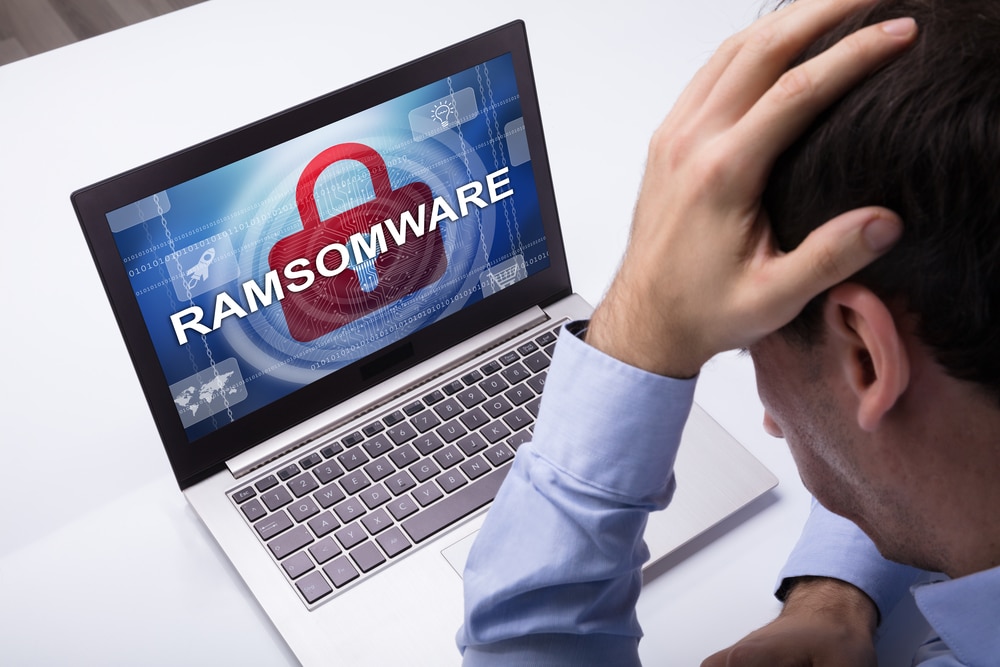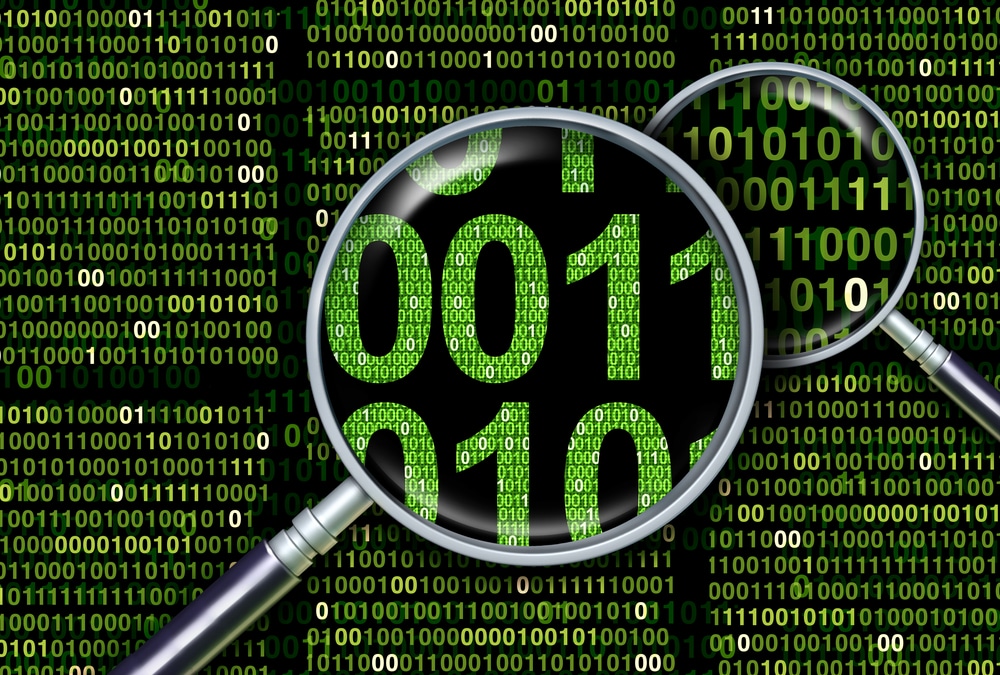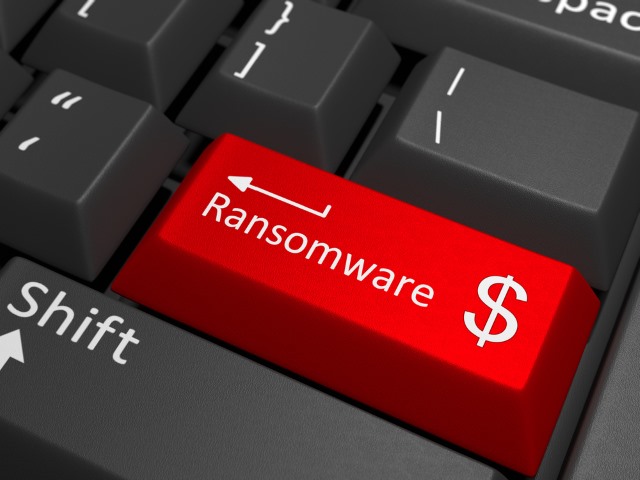
Ransomware attacks are down in the third quarter
The period from July to September this year has seen 27 ransomware variants used to conduct 455 attacks according to cybercrime intelligence company Intel 471's Spot Reports and Breach Alerts.
This represents a decrease of 38 attacks from the second quarter of 2022 and 134 from the first quarter of 2022.

New ransomware groups emerge but overall activity slows
Research from GuidePoint Security shows eight new ransomware groups have emerged in the last quarter and that there has been at least one new ransomware group each month since January 2021.
The report, from the GuidePoint Research and Intelligence Team (GRIT), tracked 27 ransomware groups and 568 publicly posted victims in the third quarter of this year and shows a slight slowdown overall of ransomware activity from the previous quarter.

The forensic analysis of a ransomware attack [Q&A]
A ransomware attack can be devastating for businesses. But while in the aftermath of an attack the focus will be on recovery, it's also important to look at how the attack happened and what information can be gleaned to help prevent future incidents.
We spoke to Joseph Carson, chief security scientist at privileged access management specialist Delinea, to talk through the analysis of a typical attack and what lessons can be learned.

Politically motivated ransomware declines as attackers switch back to old targets
Ransomware operators have turned their attention away from politically motivated attacks focusing on Russia back to their usual targets such as the United States, China, and Israel.
The latest T2 2022 threat report from ESET also shows the total number of RDP attack attempts has declined by a further 89 percent. The likely reasons for the decline are post-COVID return to offices, improved security, and the Russia-Ukraine war.

46 percent of ransomware attacks happen in the US but who are the targets?
US companies are the most affected by ransomware, with 46 percent of all ransomware attacks happening there, according to new research by cybersecurity company NordLocker.
But just who is being targeted? The research finds that out of 18 industries identified, construction accounts for 12 percent of all attacks. Next most likely to be hit are manufacturing (9.6 percent), transportation (8.2 percent), healthcare (7.8 percent), and tech/IT (7.6 percent).

Businesses facing a data protection emergency as backup strategies fail to keep up
Nearly eight out of ten (79 percent) of UK and Irish IT decision makers and professionals say there are gaps between their data dependency, backup frequency, SLAs and ability to get back to productive business.
The results of the Data protection Trends Report from Veeam Software also show that 76 percent of respondents admit falling prey to at least one ransomware attack in the past year, with 65 percent now using cloud services as part of their data protection strategy to increase resiliency.

Legacy technology undermines ransomware response
Almost half of respondents to a new survey say their company depends on outdated, legacy backup and recovery infrastructure to manage and protect their data. 46 percent are relying on primary backup and recovery infrastructure that was designed in, or before, 2010.
The study commissioned by Cohesity from Censuswide also finds 62 percent expressed some level of concern over whether their IT and security teams would be able to mobilize efficiently to respond to an attack.

Think your business is ready for ransomware? Think again
Although business leaders think they're fully prepared to deal with ransomware, actual outcomes suggest otherwise, according to a new report.
Druva has commissioned IDC to conduct independent research into ransomware preparedness, challenges, and threats to find out how approaches to ransomware are changing and whether common recovery efforts are effective.

Ransomware affects 90 percent of companies in the past year
Despite increased spending on cybersecurity, a new report reveals that 90 percent of organizations were affected by ransomware in some way over the past 12 months, up from last year's 72.5 percent.
The study from SpyCloud shows that security efforts are being stepped up, the number of organizations that have implemented or plan to implement multi-factor authentication jumped 71 percent, from 56 percent the previous year to 96 percent. Monitoring for compromised employee credentials also increased from 44 percent to 73 percent.

CDP: A priority in the evolution of ransomware recovery
The first ransomware appeared in 1989. It was distributed via floppy disks; its encryption could be easily reversed, and the ransom of $189 was to be paid to a PO box in Panama. Since those humble beginnings, ransomware has evolved into the massive international cybercrime it is today, that causes billions in damage to organizations big or small.
As new successful attacks are reported daily, it seems that the defenses against the ever more sophisticated attack vectors are lagging the attackers. As many organizations continue to struggle to defend themselves against ransomware, it is worth looking at the currently available technologies and how effective they are in combating it.

SMBs hardest hit by ransomware
A new report from cyber risk insurance provider Coalition shows that while overall incidents are down, and ransomware attacks are declining as demands go unpaid, smaller businesses have become bigger targets.
In the first half of 2022, the average cost of a claim for a small business owner increased to $139,000, 58 percent higher than levels during the first half of 2021.

Ransomware: Recovering after an attack
Ransomware attacks have existed for decades and their perpetrators keep advancing in their abilities. By evading detection, encrypting user files, and coercing unsuspecting victims into paying ransoms, ransomware attackers have threatened the survival of many businesses. The first half of 2022 recorded a total of 236.1 million ransomware attacks across the globe.
The most popular types of ransomware attacks are crypto and locker ransomware. The crypto ransomware encrypts a user's data making it inaccessible until the individual pays the ransom, usually in bitcoin. On the other hand, locker ransomware works by blocking the user's access to the computer system and will not give access until an amount is paid. Despite the security measures businesses put in place, ransomware threats are still on the increase which is why businesses must have a ransomware recovery plan to minimize catastrophic effects.

Ransomware attacks top 1.2 million per month
A new report from Barracuda finds the volume of ransomware threats detected spiked between January and June of this year to more than 1.2 million per month.
Researchers have also seen a spike in the number of service providers that have been hit with a ransomware attack. The main targets, however, are still five key industries: education, municipalities, healthcare, infrastructure, and financial.

Ransomware variants almost double in six months
In the past six months, FortiGuard Labs has seen a total of 10,666 ransomware variants, compared to just 5,400 in the previous half year.
In addition ransomware-as-a-service (RaaS), with its popularity on the dark web, continues to fuel an industry of criminals forcing organizations to consider ransomware settlements.

Cybercriminals attack the wrong water company in bungled extortion attempt
On Monday, hacker group ClOp claimed to have gained access to 5TB of data from UK water supplier Thames Water and said it could change the chemical composition of the company's water supply.
Thames Water denied the reports and said it hadn't faced a cyber attack. Today it emerges that an attack has taken place but on a different company, South Staffordshire plc, the parent company of South Staffs Water and Cambridge Water.
